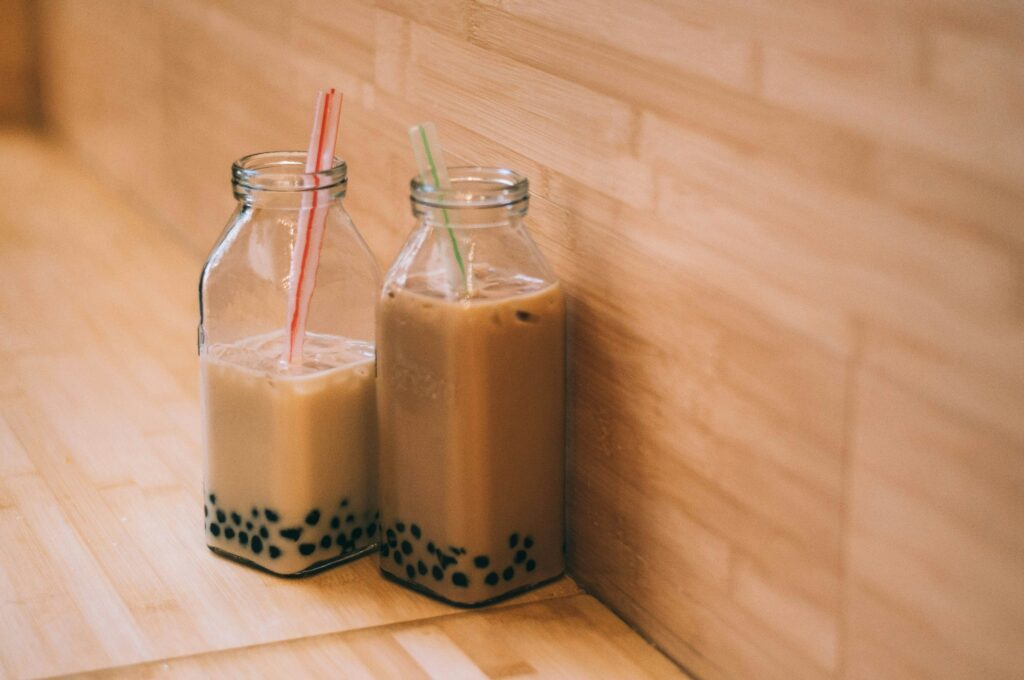
Bubble tea, also known as boba tea, has taken the Western world by storm in recent years. What was once a niche drink primarily enjoyed in Asian communities has now become a trendy beverage beloved by people of all backgrounds. Let’s delve into why bubble tea has captured the hearts (and taste buds) of so many in Western cultures.
A Fusion of Flavors and Textures
One of the key reasons for bubble tea’s popularity is its unique combination of flavors and textures. At its core, bubble tea is a sweet, tea-based drink typically served with chewy tapioca pearls at the bottom. However, its versatility allows for endless flavor combinations, including fruity, creamy, and even savory options. From classic milk teas to exotic fruit blends, there’s a bubble tea flavor to suit every palate.
Moreover, the addition of tapioca pearls adds an element of fun and surprise to the drinking experience. The chewy texture of the pearls contrasts beautifully with the smoothness of the tea, creating a delightful sensation with every sip.
Social Media Sensation
In the age of Instagram and TikTok, aesthetics play a significant role in driving food and beverage trends. Bubble tea’s vibrant colors, Instagrammable presentation, and playful appeal make it a favorite subject for social media posts. The sight of colorful drinks adorned with oversized straws and topped with tapioca pearls has become synonymous with the bubble tea experience.
As influencers and food bloggers share their bubble tea adventures online, they contribute to its visibility and allure, sparking curiosity among those who have yet to try it. The visual appeal of bubble tea translates seamlessly to social media platforms, where users eagerly share their #bubbleteagoals with friends and followers.
Cultural Exchange and Globalization
The rise of bubble tea in Western cultures is also a testament to the power of cultural exchange and globalization. Originating in Taiwan in the 1980s, bubble tea has since spread across the globe, fueled by diaspora communities, international travel, and the increasing interconnectedness of the world.
As Western consumers become more adventurous in their culinary pursuits, they embrace foods and beverages from diverse cultures, seeking new flavors and experiences. Bubble tea, with its intriguing blend of Eastern and Western influences, perfectly embodies this spirit of culinary exploration.
Accessibility and Innovation
In recent years, the accessibility of bubble tea has played a significant role in its popularity outside of Asia. Once confined to specialty Asian markets or Chinatown districts, bubble tea shops are now ubiquitous in many Western cities. Chains and independent cafes alike offer a wide selection of bubble tea varieties, catering to a broad customer base.
Furthermore, the beverage industry’s ongoing pursuit of innovation has led to the introduction of new and exciting variations of bubble tea. From customizable drink options to unique toppings and add-ins, there’s always something fresh and enticing to discover in the world of bubble tea.
In conclusion, the popularity of bubble tea in Western cultures can be attributed to its fusion of flavours and textures, its status as a social media sensation, the influence of cultural exchange and globalization, and its accessibility and innovation within the beverage industry. As bubble tea continues to evolve and captivate consumers worldwide, its place in the hearts of Western enthusiasts is sure to endure.

Leave a Reply